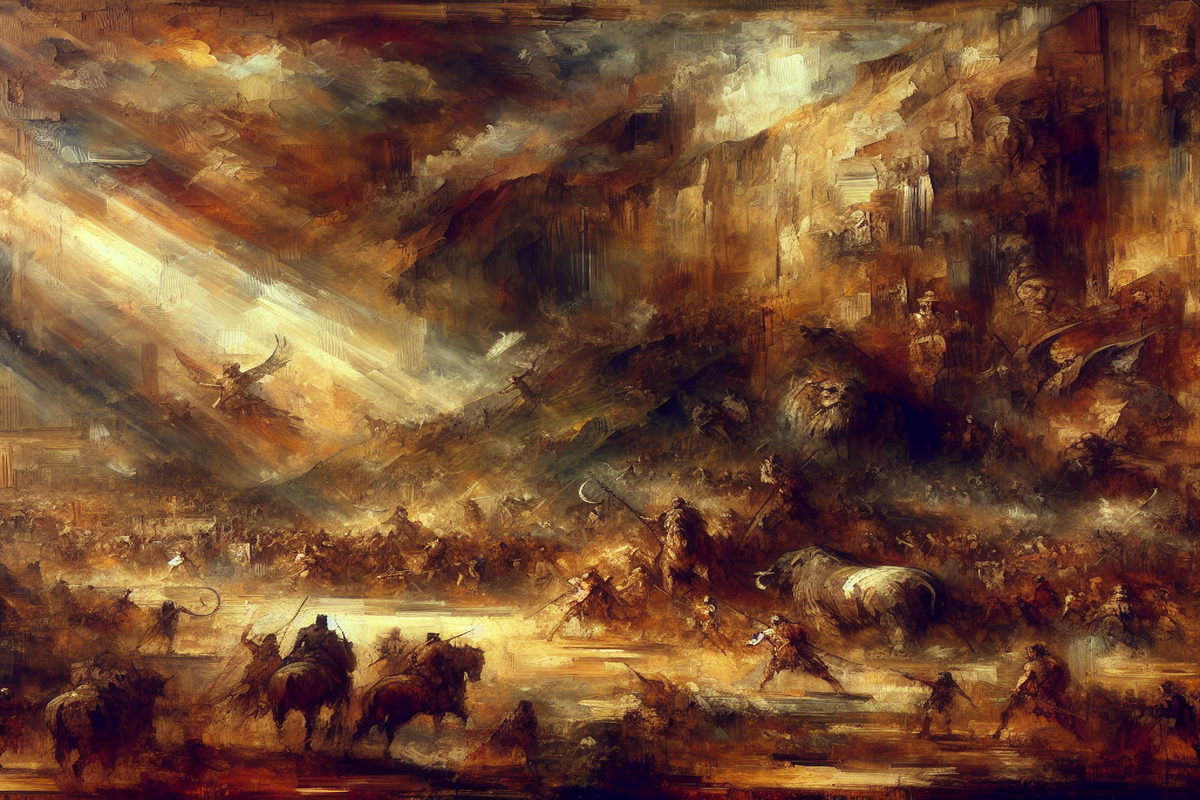What information do the codices contain
Codices are windows onto worlds that no longer exist: pictographic and alphabetic documents that record the lives, beliefs, and practices of Mesoamerican peoples. Originating before and after the European arrival, they preserve cultural, calendrical, genealogical, and natural data indispensable for understanding the region’s past.
Origin and format of the codices
Mesoamerican codices are made from materials such as amate, animal hide, and European-style paper. They are folded in accordion form or rolled, and combine painting with glosses added by colonial scribes. Their format conditions the type of information they contain, from numerical lists to detailed narrative scenes.
Visual language and text
The writing in codices is a mixture of symbols, pictograms, calendars and, in colonial cases, transcriptions into the Latin alphabet. Image predominates, so interpretation requires knowing iconography, color, and spatial arrangement more than reading like a modern text.
Calendars and time
One recurring axis is calendrical systems, used to record rituals, births, and agricultural dates. Codices include sequences of trecenas (13-day periods) and veintenas (20-day periods), and notes about propitious or dangerous times—vital information for social and ritual organization.
Genealogies and political relations
Pictorial books record lineages, marriages, and conquests. They indicate alliances between lordships, tributary impositions, and changes of power. That information helps reconstruct maps of power and understand how wealth and authority were distributed across cities and regions.
Tributes and economy
Many codices list tributes, goods and services demanded from communities. Those inventories include foodstuffs, textiles, beeswax and raw materials, and allow reconstruction of local economies and trade networks. Understanding those lists helps explain everyday life and its obligations.
Rights, laws and lawsuits
Some codices document lawsuits, verdicts and land partitions. They are legal records, often produced to present evidence before colonial authorities. These acts are direct sources for studying how indigenous peoples negotiated their legal survival.
Natural science in the codices
Codices contain observations about the environment, plants, animals and climatic phenomena. For someone interested in paleontology and the natural history of the planet, those records provide clues about domesticated species, hunting practices and landscape changes that complement fossil and paleontological studies.
We have already discussed fossils and paleontology, resources that allow cross-referencing archaeological data with human records, thus reconstructing how communities lived in specific environmental contexts.
Religious iconography and worldview
Ritual scenes show deities, offerings and ceremonies, and describe practices of healing, fasting and propitiation. Codices express a vision of the cosmos, with symbolic axes that relate sky, earth and underworld—elements necessary to understand funerary practices and beliefs about death.
Representations of flora and fauna
Images of plants and animals in the codices are sometimes stylized but recognizable. These representations inform about exploited resources, cultivated species and domesticated animals, as well as rituals involving fauna. They complement findings such as those mentioned in pieces about megafauna and mammoth records.
At the Museo del Mamut we have linked those readings with our exhibitions, for example by comparing iconography and remains recovered in paleontological campaigns, as we explain in El Mamut de Tultepec, curiosities about mammoths.
Astronomical data and sky observations
Several codices include star maps, alignments and records of eclipses. Those notes show a systematic knowledge of the sky that served agricultural calendars and rituals. For environmental history, such annotations help date events and understand temporal orientation practices.
Colonial codices, syncretism and glosses
After the conquest, many codices were enriched with notes in Nahuatl or Spanish, added by interpreters and missionaries. That textual dialogue reveals processes of syncretism, adaptation and cultural resistance. Glosses sometimes translate indigenous terms, other times rewrite meanings.
Painting techniques and color
The study of pigments and supports reveals techniques and trade in materials—for example, the arrival of mineral pigments or local plant dyes. Identifying greens, blues and reds helps date and locate production workshops, useful information for museums and conservators.
Conservation and current challenges
Codices face problems of humidity, light and handling. Restoring them requires interdisciplinary criteria that combine chemistry, ethnohistory and collection management. Modern conservation practices seek to preserve legibility and support without erasing layers added by successive generations.
Interdisciplinary interpretation
Interpreting a codex requires archaeology, linguistics, ethnohistory and museography. At the Museo del Mamut we value these intersections, because understanding the natural and cultural past requires integrating evidence—from bone remains to pictorial accounts.
We have published related pieces, for example on rock paintings and fossil dating, which provide methodologies complementary to reading codices and help build more precise chronologies.
Codices as living sources
More than archaeological objects, codices are living documents used by communities to claim territory and memory. They are tangible evidence of ancestral practices, and in museums should be displayed with respect, context and community collaboration.
Access and digitization
Digitization has expanded access, allowing remote consultation and analysis with imaging techniques. Digital museums and online collections democratize study and facilitate comparison between codices dispersed across international archives.
Relevance for education and research
Codices are teaching tools for explaining pre-Hispanic knowledge systems and primary sources for research on environmental history, agriculture and demography. In Mexico, their study contributes to a critical narrative about the past that is close to the public.
Connection with local museums and exhibitions
In Tultepec, we link codex readings with other cultural expressions, such as pyrotechnics and local traditions. Our museographic work seeks to integrate documents, archaeological materials and lived narratives to tell complete, situated stories.
To learn how we connect memory and museography, see related pieces like The Pyrotechnics Museum Opens Its Doors and Traditions of Tultepec, examples of how material history dialogues with present practices.
Conclusion
Codices condense diverse information—from calendars and genealogies to observations about flora and fauna. They are key tools for reconstructing cultural and natural landscapes and for connecting archaeology, paleontology and collective memory. Their study and conservation remain an urgent task requiring collaboration between specialists and communities.


